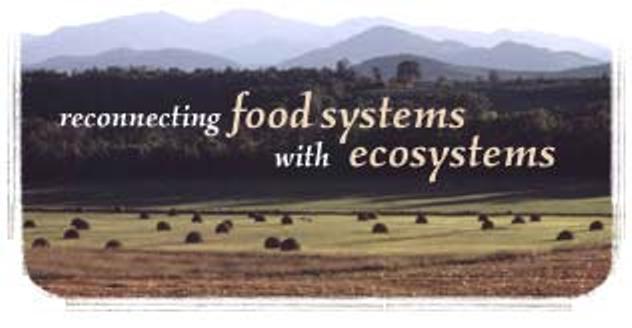As sustainable eaters, we know about organic, and we know about local, and we know that many farmers are working to make their enterprises safe for people and the land. I’m happy to report that there is also a movement to make it possible for farming to co-exist with wildlife. This is important if you love nature–and because protecting biodiversity is good for everyone’s future.
Biodiversity exists when a place has a variety of plants and animals – the total opposite of a gigantic field of one variety of corn grown with pesticides and heavy fume-belching machinery. A small organic farm, for instance, has numerous crops growing on a few acres, and may have trees and an undisturbed creek. Above and beyond the diversity of crops, this farm welcomes birds and provides a cleaner creek for fish and frogs. The farmers may also have geese or chickens. So a healthy small farm is an oasis for a range of creatures big and small.
An organization called the Wild Farm Alliance is working to support this way of life. With an advisory board that includes Frances Moore Lappe, Dave Foreman, Gary Nabhan, Wendell Berry, and Alice Waters, this organization is linked to the top minds in the field. I love WFA’s vision statement: “We envision a world in which community-based, ecologically managed farms and ranches seamlessly integrate into landscapes that accommodate the full range of native species and ecological processes.”
You can join the Wild Farm Alliance mailing list here and download the brochure here.
One vignette on the website captures it all – “Farmer Catches Hedgerow Bug” which you can read here. Sonoma vineyard owners Lou and Susan Preston have integrated many sustainable practices on their land. And now they’re planting hedgerows, which are non-crop plantings between fields that serve as “living borders” and provide havens for biodiversity.

